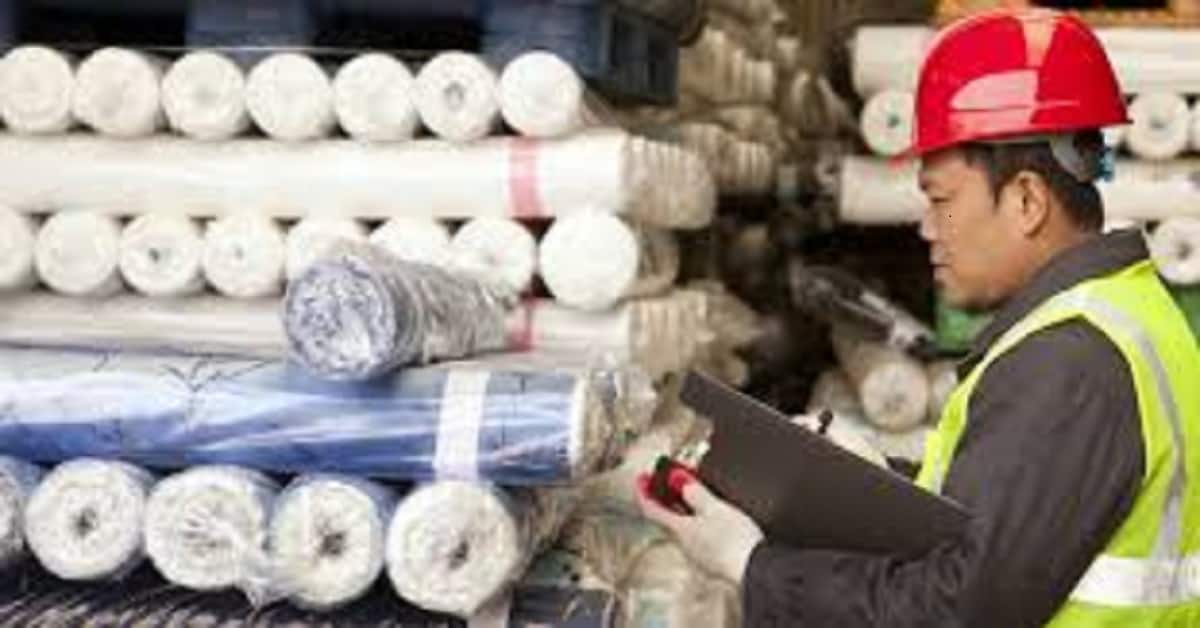
Try inspecting your goods for quality flaws now that you don’t have that information. When an importer forgets to include a vital element for inspection, the result is sometimes an incomplete or erroneous inspection report. As a result, they may approve a shipment with a significant quality fault, putting their company and customers in danger. For more information about product quality before shipment, you can visit the below link:
https://www.krtinspect.com/product-and-shipment-inspections/
Know about five ways of checking product quality before shipment
The majority of product inspections follow a procedure that includes numerous steps. When an assessment goes wrong, it’s usually because the steps weren’t clear or because inspectors didn’t follow the buyer’s instructions.
1. Collecting and inspecting random samples
The need to take random samples during QC inspection using a statistically significant acceptance sampling method is well understood by most importers. You risk getting a report that doesn’t accurately represent the quality of the entire shipment if you don’t take samples at random.
Allowing factory workers to determine which units will be inspected can reduce inspection accuracy. Some may “cherry-pick” samples or lead inspectors to check units from a certain warehouse area that they know will meet the criteria.
A few issues can arise if you don’t know what sample size to check, like inspectors may inspect too few units, reducing transparency and increasing the risk of flaws and other product issues being unnoticed.
2. Checking the product for compliance with the standards
You may supply your QC team with CAD drawings, an approved sample, and other reference materials to clarify product specs. Not only should your QC checklist focus your inspector’s attention on these, but it should also include any other criteria that they should verify throughout the inspection.
3. Confirming packing specifications
Usually, obvious package flaws are easy to identify. However, if you don’t include some more detailed data in your quality manual, it’s simple to overlook them during inspection and reporting.
Your inspector will usually refer to your checklist to ensure the type of packing, markings or labeling, artwork, and other criteria at the facility.
4. Quality defect classification and reporting
Most items have a set of quality flaws specific to their product type. Warping, for example, is a common problem with wooden goods. And injection-molded items are known to suffer from flash. However, without explanation in your QC checklist, your inspector is more likely to misreport—or completely ignore—any product flaws discovered.
5. Carrying out on-site testing
For a wide range of items, on-site product testing is essential for QC inspection. Inspectors conduct product testing to uncover any faults that could compromise your items’ safety, function, or performance.
Product inspectors use inspection checklists to give testing criteria, test sample amounts, and other information. If inspectors follow a short QC checklist, they may perform testing erroneously or misreport the results.








More Stories
10 Whimsically Wonderful Wedding Venues in Scotland for American Elopements
Evolution of Documentation: Trends and Challenges in Medical Records Management
New Small Business Loans Starter Guide: What Are Your Options for Financing As a New Business Owner?